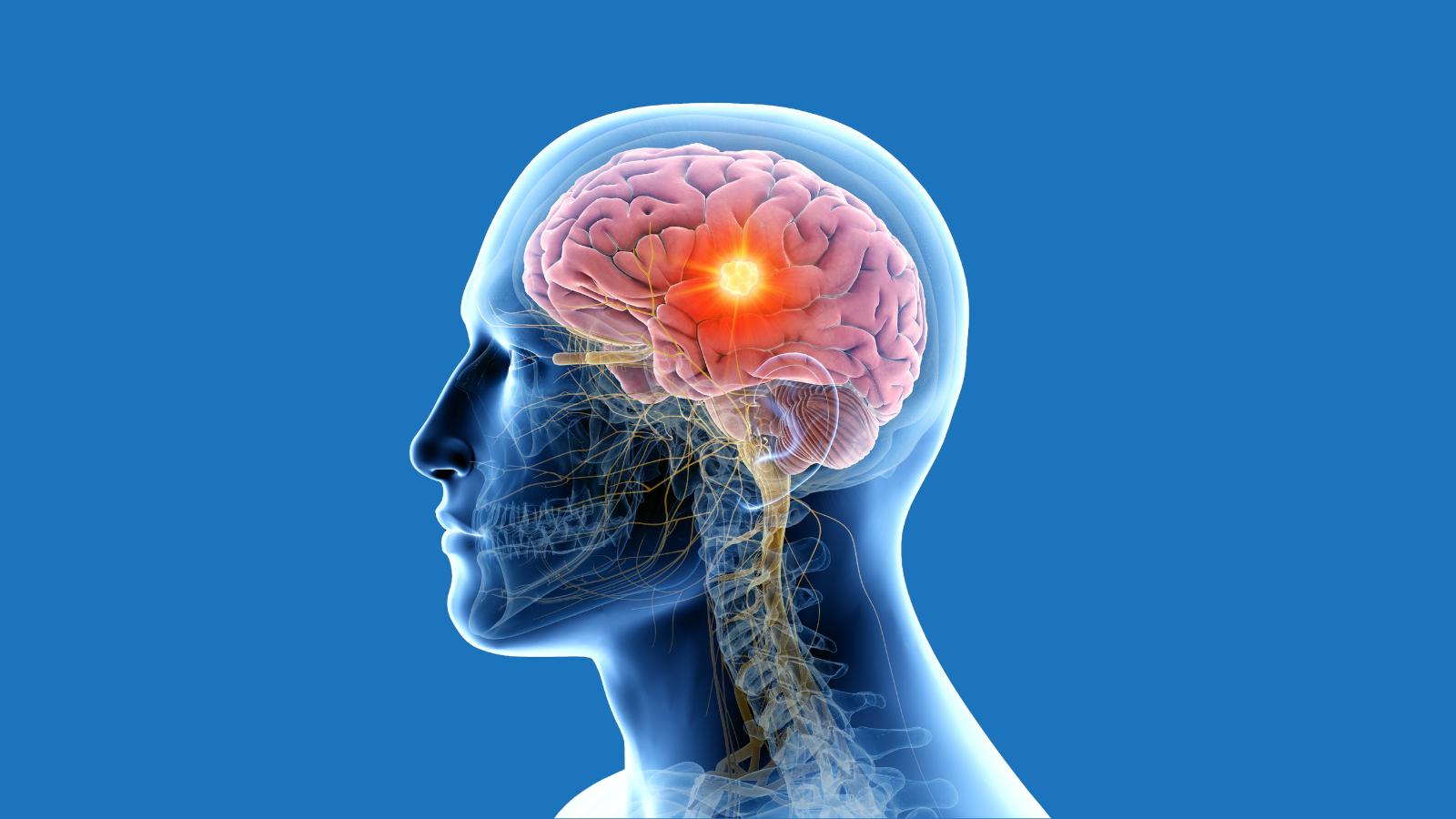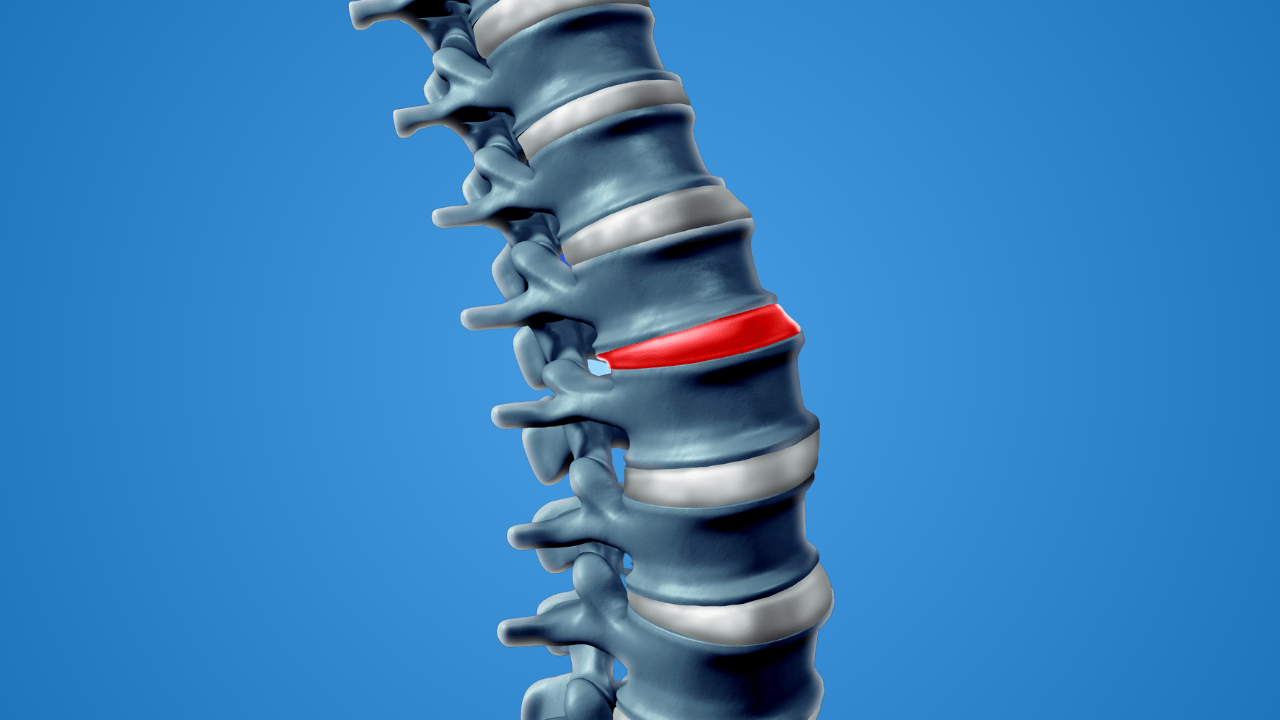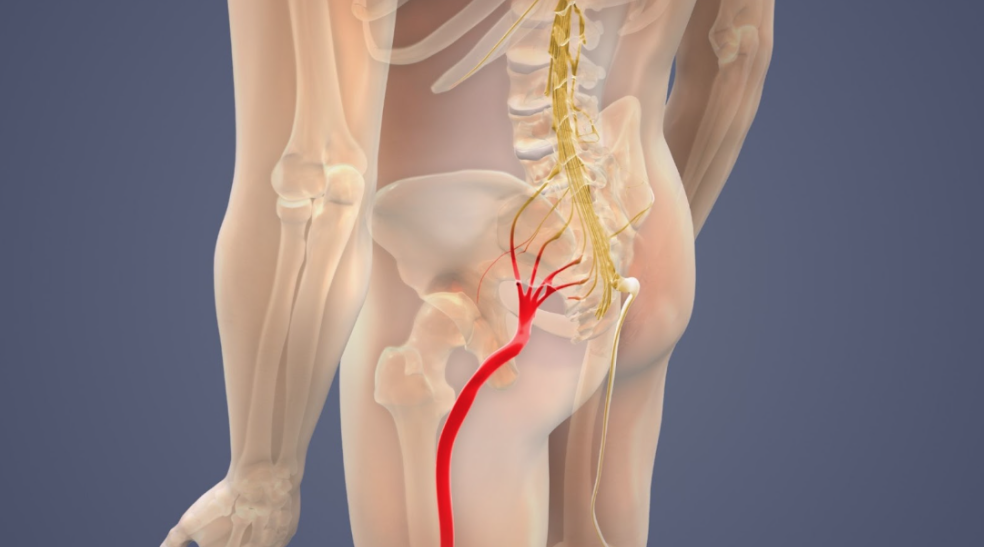
Long-Term Outcomes of Brain Tumor Resection
Long-Term Outcomes of Brain Tumor Resection: Monitoring and Survivorship Care Brain tumor resection is a critical surgical procedure performed to treat a variety of brain tumors. By understanding the long-term outcomes and the importance of ongoing monitoring, patients can feel empowered to navigate their health journey. In our blog post, we will address the common questions and concerns regarding brain tumor resection and the implications for overall quality of life. What Type of Surgeon Removes Brain Tumors? Neurosurgeons are the...
read more
Integrating Holistic Approaches in Spinal Decompression
Spinal Decompression Therapy and Holistic Spine Care: A Neurosurgeon’s Perspective As a neurosurgeon, it may seem counterintuitive that I advocate for conservative care when treating spine-related pain. According to the U.S. Pain Foundation, more than 51.6 million Americans endure some level of pain every day. While surgery is necessary in some of these cases, many patients benefit more from non-operative strategies that address the full context of their health, not just what appears on imaging. Spinal pain is rarely caused...
read more
When and How to Consider Surgery Options for Sciatica
When and How to Consider Surgery Options for Sciatica As a neurosurgeon, one of the most common issues I see is sciatica. Sciatica is nerve pain caused by injury or irritation to the sciatic nerve—a type of nerve pain that starts in the lower back and travels down the leg. Many people use the term as a general descriptive term for nerve irritation in the lumbar spine that causes radiating leg pain. It can feel like burning, shooting, or sharp...
read more
Spinal Stenosis Treatment for Athletes and Active Individuals
Spinal stenosis, a fairly common condition marked by the narrowing of the spinal canal, can pose specific challenges for athletes and active individuals. This condition can lead to numbness, pain, and mobility issues, which make it essential that active individuals explore effective treatment options to return to high-level physical activity. In this blog post, we will explore the ways to prevent the progression of spinal stenosis, successful treatment options, and who to consult for the best care. Understanding these options...
read more
How Spinal Stenosis Is Diagnosed and Treated
How Spinal Stenosis Is Diagnosed and Treated Spinal stenosis is a condition characterized by pressure on the spinal cord or the nerves that run from the cord to the muscles. Although spinal stenosis can occur in any part of the spine, it is most common in the lower back. This narrowing of the spinal canal may result from degenerative changes, herniated discs, ligament hypertrophy, or spondylolisthesis. This condition often results in numbness, pain, and/or weakness in the legs. Understanding how...
read more
Common Back Pain & Treatment Options
In this video, Dr. Khan discusses common back pain, shedding light on this all-too-common condition, and the various surgical and non-surgical options.
read more
New Jersey Brain and Spine Opens New Office in Paramus, NJ
Bigger, better and brighter! New, 16,222 sq ft state-of-the-art facility offers access to minimally invasive neurosurgical care from an unparalleled multidisciplinary care team PARAMUS, N.J., May 7, 2025 /PRNewswire/ -- In response to growing demand for subspecialized neurosurgical care across New Jersey, New Jersey Brain and Spine (NJBS) has opened a new, state-of-the-art office in Paramus. The spacious new location enhances access to expert surgical consultations and follow-up care for both adult and pediatric patients with complex brain and spine conditions. Bigger, better and brighter!...
read more
Spinal Tumor Types & Treatments Explained
There are more than 20 types of spinal tumors. The spinal column consists of vertebrae, a series of stacked bones, and at the center of that column is the spinal canal. Housed within the spinal canal is the spinal cord, which is a narrow tube of nerve tissue that sends messages between the body and the brain—this occurs via nerves and nerve roots that branch off from the spinal cord. The spinal cord and the brain, together, make up the...
read more
Laminectomy for Spinal Tumors: Removing Growth and Restoring Spine Stability
The goal of a laminectomy, and other minimally invasive spine surgery, is to stabilize the spinal bones and joints and relieve pressure on the spinal nerves, which has resulted from spinal instability, bone spurs, herniated discs, or mass lesions such as spinal tumors. What is a Laminectomy? A laminectomy is a surgical procedure and a common type of spinal surgery. The procedure may be performed at any level of the spine, depending on the source of compression. The spine surgeon...
read more